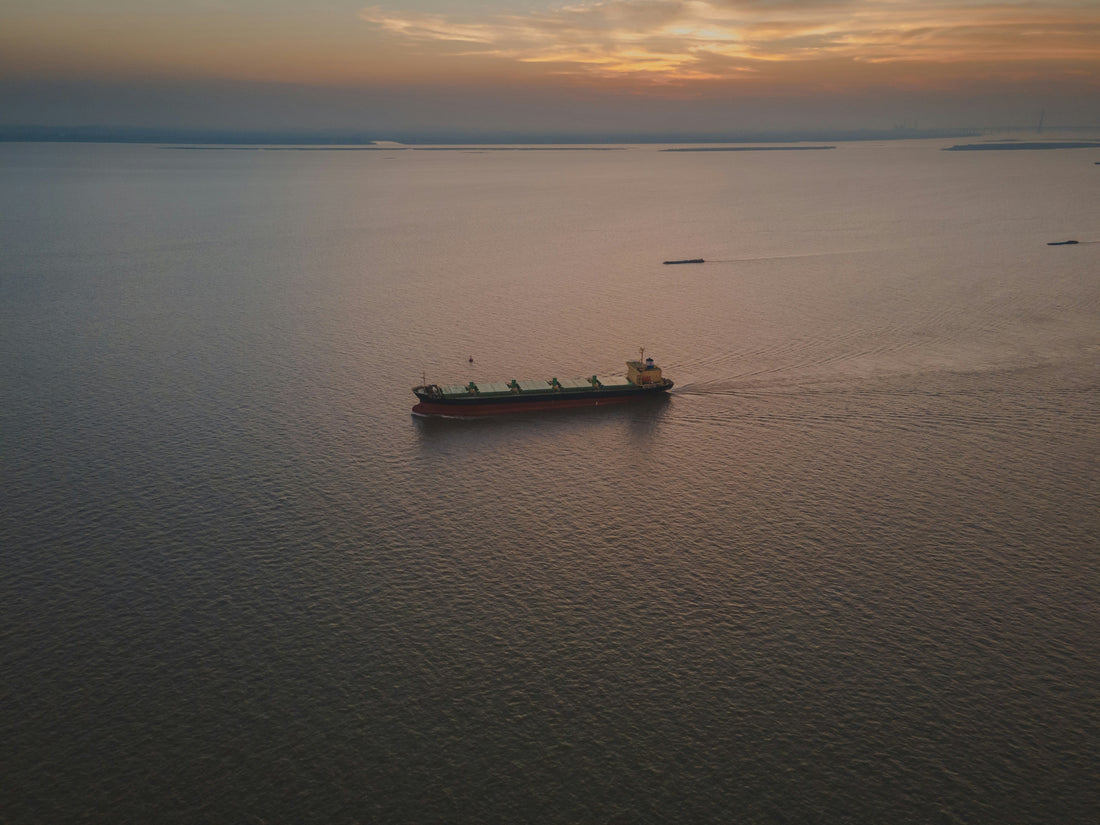
Nearshoring in 2025: Why More Brands Are Moving Production Closer to Home
Share
For decades, Asia has been the go-to hub for apparel manufacturing—especially China, Bangladesh, India, and Vietnam. But 2025 is marking a clear turning point: brands are increasingly moving production closer to home.
This shift, known as nearshoring, is accelerating, and for good reason. Brands are reevaluating the real cost of distance in a world where speed, control, and resilience are now just as important as price.
At [smpl], we’re seeing this transition firsthand and helping brands adapt. Here’s why nearshoring is gaining traction, and what regions are leading the way.
Why Brands Are Nearshoring
1. Shorter Lead Times
Producing closer to your customer base means faster delivery. Instead of waiting 60+ days for goods from Asia, brands working with manufacturers in Mexico, Morocco, or Eastern Europe can cut that to just 2–3 weeks. That flexibility is crucial for responding to demand in real time.
2. Lower Shipping Risk & Cost
Freight rates have come down from their pandemic peaks, but ocean shipping still brings volatility. Nearshoring reduces exposure to port delays, container shortages, and unexpected tariff changes, especially in the U.S. and EU markets.
3. Increased Supply Chain Transparency
Closer production often means better oversight. Site visits, quality control, and compliance checks are easier to manage when your factories are in nearby regions, not across the world.
4. Geopolitical & Trade Risk
U.S.-China tensions, EU regulations, and rising duties are causing brands to diversify their sourcing. Nearshoring spreads risk, and often comes with trade benefits like duty-free agreements (e.g. USMCA, EU-Med).
5. Consumer Demand for Ethical & Sustainable Production
Customers increasingly want to know where and how their clothes are made. Nearshoring often allows for stronger labor regulation compliance, smaller carbon footprints, and traceable production lines.
Top Nearshoring Regions to Watch in 2025
🌎 Central America (Mexico, Honduras, El Salvador)
Fastest shipping times to the U.S.
Growing investment in apparel infrastructure
Strong advantage under USMCA trade terms
🌍 North Africa (Morocco, Egypt, Tunisia)
Key nearshore base for European brands
Skilled labor pool, especially for woven and denim
Competitive prices with faster turnaround than Asia
🌍 Eastern Europe (Turkey, Romania, Bulgaria)
Critical for fashion brands serving the EU
Excellent textile capabilities, especially in knits
Easier travel and communication for EU buyers
What to Consider When Nearshoring
Nearshoring isn’t a one-size-fits-all solution. It depends on your target market, product type, and volume.
Price: Asia may still be cheaper for high-volume basics.
Capacity: Not all nearshore factories can scale like their Asian counterparts.
Specialization: Certain regions excel in different categories (e.g., Turkey in jerseywear, Morocco in denim).
That’s why at [smpl], we help brands run sourcing comparisons and navigate these trade-offs—choosing a region that best aligns with your product and priorities.
Nearshoring in 2025 isn’t just a trend—it’s a smart shift in strategy. As brands chase flexibility, control, and resilience, producing closer to home gives them a competitive edge.
Whether you’re looking to cut lead times, reduce risk, or improve transparency, [smpl] can help you explore and execute nearshore production options across Central America, North Africa, and Eastern Europe.
![[smpl]](http://socflowsimplified.com/cdn/shop/files/smpl_logo_transparent_139f0899-ba33-4a18-9454-24ccdccb6b79.png?v=1750478394&width=600)